McLaren’s all-new Super Series flagship is the 765LT, the firm’s fourth ‘track-focused’ Longtail model and an even lighter, sharper and faster version of the McLaren 720S that it launched at the Geneva motor show three years ago.
The 765LT shaves an impressive 80kg from the 720S’s kerb weight, leaving it at a class-leading 1229kg. As with the three previous LT models, McLaren lists enhanced driver engagement, minimised weight, track-focused dynamics, refined aerodynamics, increased power and rarity as the car’s standout properties, and again its creation has entailed “hundreds of detailed engineering and design changes”.
McLaren’s familiar mid-mounted twin-turbocharged 4.0-litre V8 engine gets stronger, lighter forged aluminium pistons and a three-layer head gasket from the Senna. These plus a higher-flow fuel system, a recalibrated ECU and a lower-back-pressure exhaust system lift power from 710bhp to 754bhp and boost torque from 568lb ft to 590lb ft.
These enhancements, along with a lowering of the overall gearing, have resulted in 15% quicker in-gear acceleration, placing the 765LT usefully ahead of its rivals. McLaren quotes 0-62mph acceleration of 2.8sec and a 0-125mph time of 7.2sec; the latter figure puts the 765LT 0.4sec ahead of the Ferrari 488 Pista and a clear second ahead of the Porsche 911 GT2 RS.

Even more impressive is the fact that engineers say the 765LT’s lap time at “a reference track” undercuts that of the 720S by about 2.5sec, and that its braking distance from 125mph to a standstill is 110 metres – almost identical to the Senna. That’s small wonder, given that the 765LT’s carbon-ceramic discs and pads are shared with the McLaren Senna and its nose incorporates Formula 1-style caliper cooling ducts that cut pad temperatures by 50deg C.

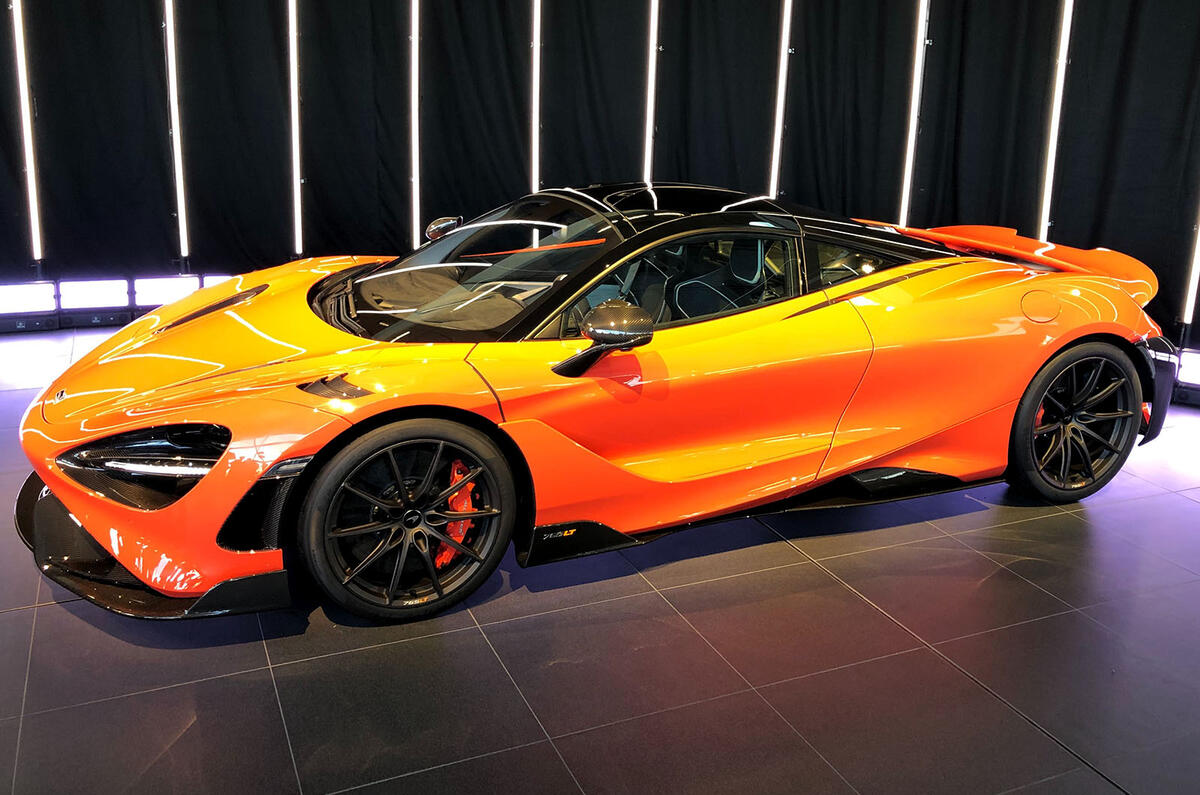

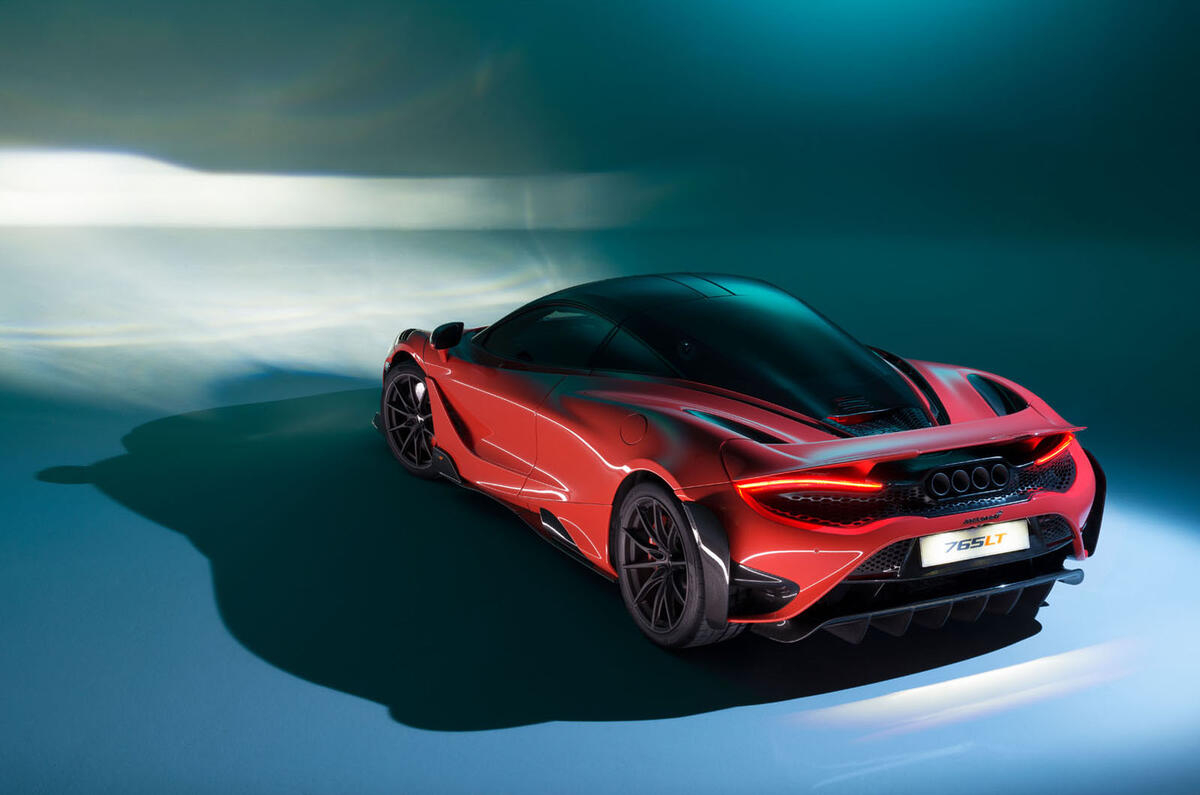


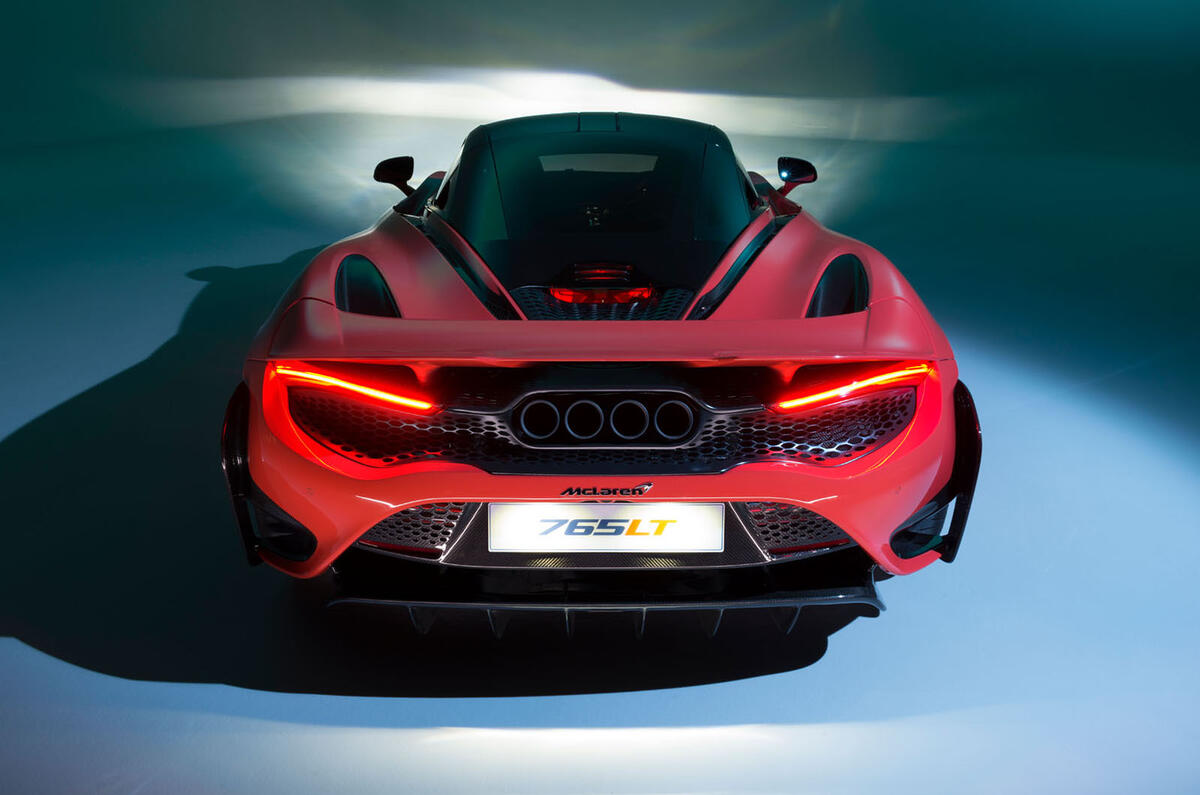













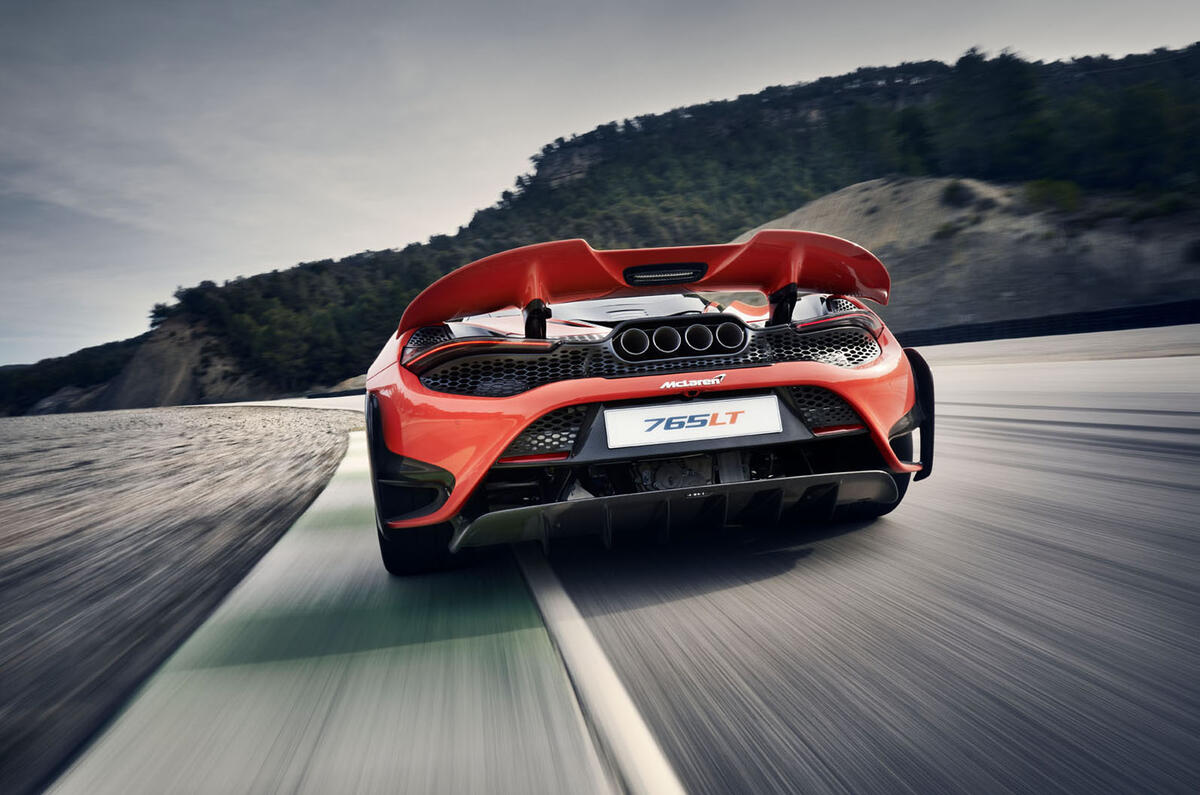










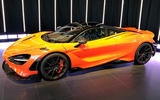
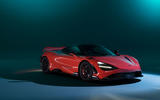




































Join the debate
Add your comment
So light!
When will this sort of weight saving trickle down to ordinary cars?
NavalReserve wrote:
When ordinary cars are built of Carbon Fibre, and Titanium
Eagles from Space 1999
The front of these remind me of the Eagle spaceships from the TV series Space 1999.
Not a bad thing either :)
Wouldn't 'Erect Tail' be a
Wouldn't 'Erect Tail' be a more appropriate name?